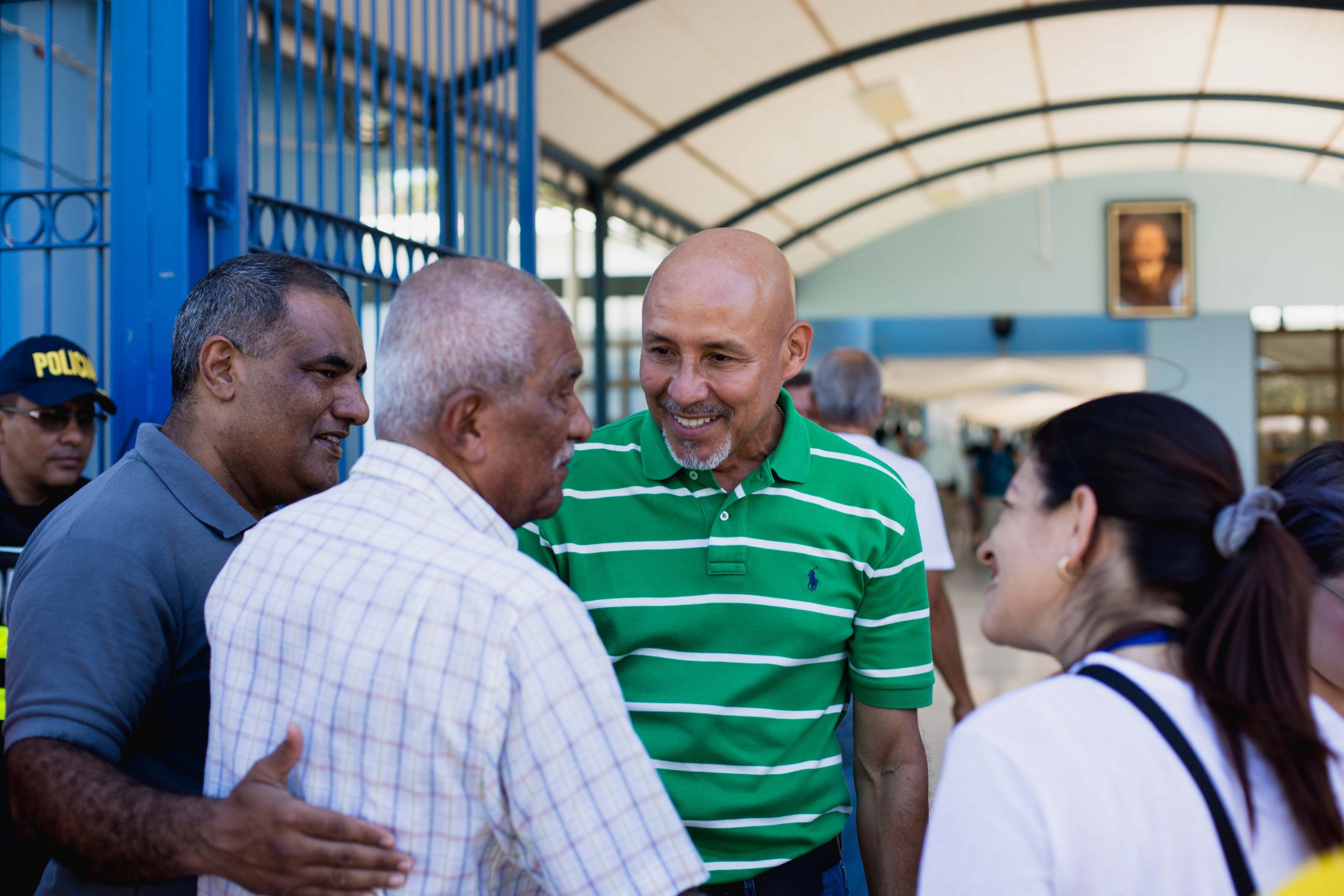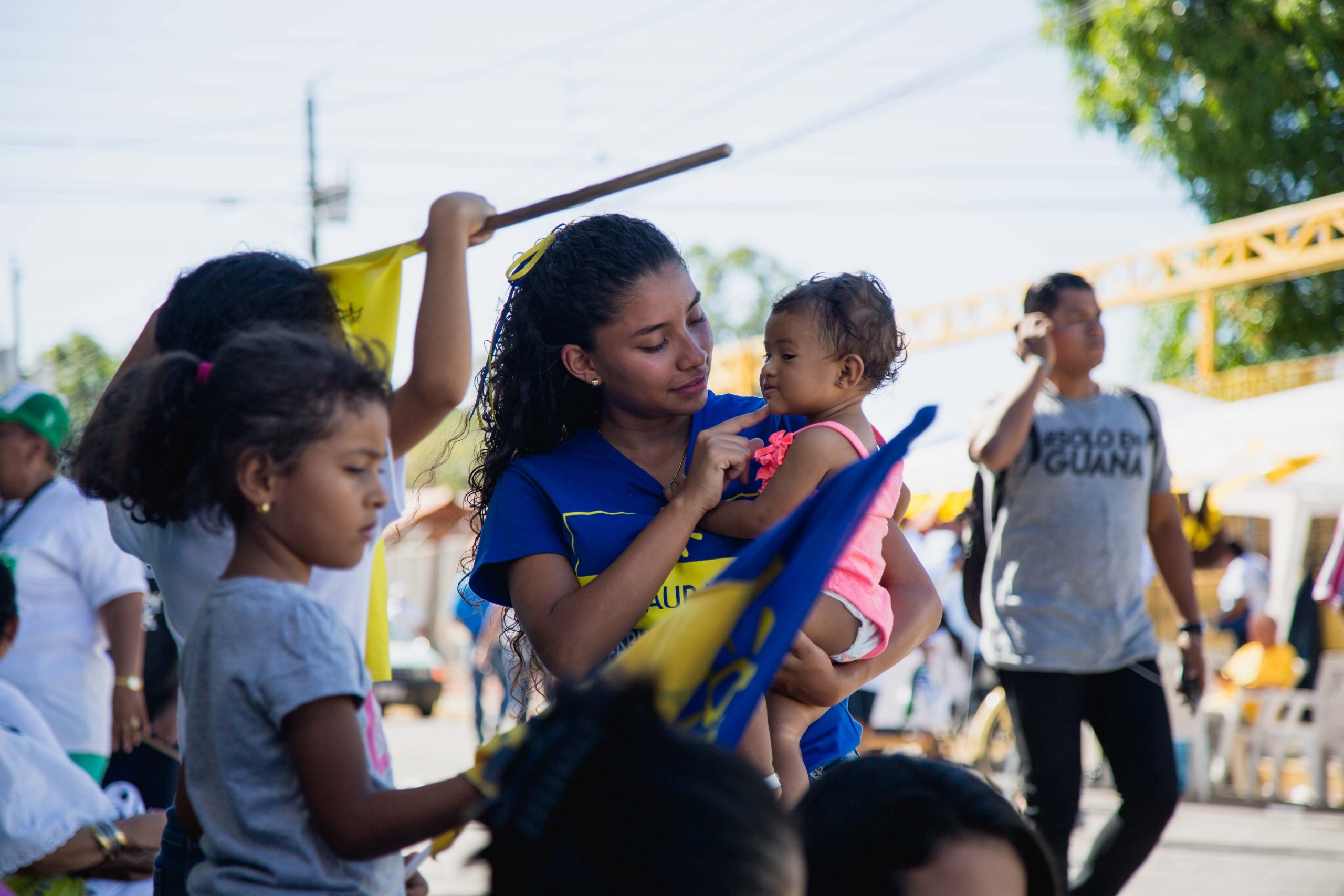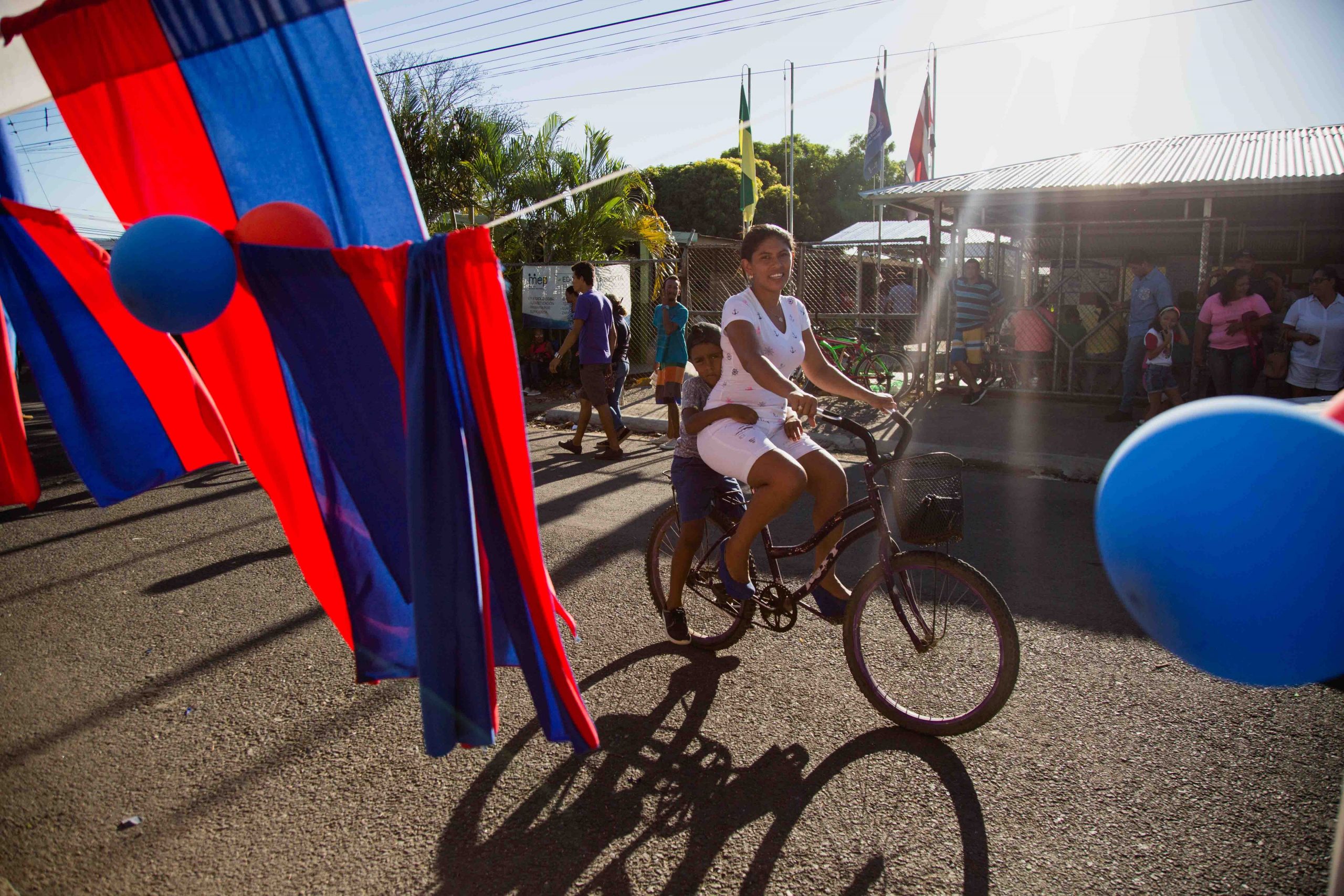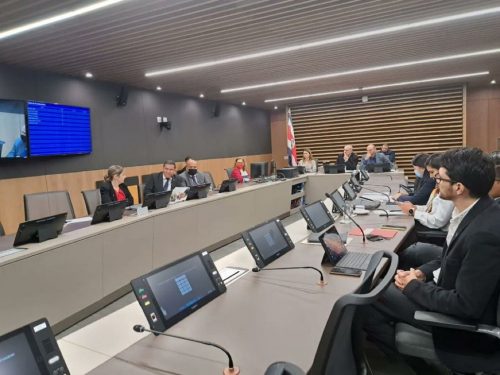
A National Liberation Party (PLN) that has the most support in the province but is losing strength, nonexistent gender equality, and a bipartisanship that’s still alive. That is the face that Guanacaste has presented in Congress during the last 20 years.
What direction will Guanacaste choose to go next February in 2022? The electoral atmosphere is starting to heat up already in the face of the presidential and legislative elections. Over the last few weekends, several political parties have announced their legislative candidates for the different provinces.
But before taking a look at what’s coming up, The Voice analyzed the last five legislative terms to understand how the province has been represented. We’ll tell you about it with five facts.
1. PLN wins, but less each time
In the last 20 years, PLN has always managed to win at least 50% of the four seats that Guanacaste has during each legislative term. It has held 12 of Guanacaste’s 20 seats total during that time period.
However, the party has been losing strength both on the presidential and the legislative ballots.
While in 2002, 26.6% of voters in the province elected PLN on the legislative ballot, in the most recent elections —in 2018— that percentage dropped to 12.7%.
The same thing is happening with the presidential ballot. During the first round of 2002, 27.5% of the votes were for PLN, but the percentage fell to 13.7% in 2018.

Guanacaste’s representation has generally worn green and white party colors and has been male. The Aiza brothers have held one of the province’s seats for three terms. The photo shows Luis Antonio Aiza outside of Leonidas Briceño School during the 2018 elections Photo: Cesar Arroyo Castro
This decrease has impacted the green and white party’s representation in Congress. During each of the last two terms (2014-2018 and 2018-2020), they’ve only won two of the four seats.
Political analyst Roxay Rosales explained to The Voice that this is a national trend.
We have a less faithful electorate and that means that there isn’t an absolute dominance by any party. What PLN suffers, they all suffer,” she said.
2. PUSC in the running, but weak
In addition to PLN, only the Social Christian Unity Party (PUSC) has managed to have more than one legislator during the last five terms. Of course, it hasn’t been constant. Between 2002 and 2006, it had two legislators in Congress, but after that, between 2006 and 2014, it didn’t have any representatives.
As of 2018, the group has managed to win at least one legislator per term: Johny Leiva between 2014 and 2018, and Rodolfo Peña from 2018 to 2022.
This representation doesn’t compare to the times like 1998 to 2002, when PUSC managed to gain three positions in Congress for Guanacaste.
3. Male representation
In the last five legislative terms, just seven women have been elected to represent our province in the Assembly. On the other hand, 13 men —almost double— have done so.
In addition, the province has had more than one female representative in the Assembly on just two occasions: during the current legislative term (2018-2022) and from 2002-2006.
Although female representation in the Legislative Assembly increases each term, the change has not happened organically. The Supreme Electoral Court (TSE) reformed the Electoral Code in 2009, requiring parties to alternate gender on their lists of legislative candidates. That means that they are organized in a man-woman or woman-man sequence.
Horizontal equality, which makes it possible for an equal number of women and men to be at the top of the list of legislators, didn’t come until the last election in 2018.
The change didn’t come about because of the parties’ good will, but rather because former legislator Maureen Clarke and the head of the Assembly’s technical unit on gender equality and equity (UTIEG), Haydee Hernandez, presented an appeal of unconstitutionality demanding the need for this requirement to achieve greater equality in 2015. The outcome was positive.
4. Three legislators replaced
Legislator Rodolfo Peña, from PUSC, died this year due to the effects of COVID-19. His position was filled by the third person that the Social Christian party had listed during the electoral period: Jose Maria Guevara.
According to the order of candidates, the position was to go to Nicoyan Melina Ajoy. However, Ajoy rejected filling the position during the remaining months because she currently aspires to forming part of the 2022-2025 congress for PUSC.
In addition to Peña, two more legislators have not finished their elected term: Juan Marín, who died in car accident in 2017, and Ronal Vargas, who resigned in 2015 due to accusations of sexual harassment. In 2019, he was sentenced in the case, but he was acquitted months later.
Vargas is also currently a nominee for the Assembly again, with the Costa Rican Social Justice Party.
5. The parties that have broken bipartisanship

Only four parties in the province have been able to break the historic PLN-PUSC bipartisanship by having a representative in the Legislative Assembly. Currently, Mileidy Alvarado, from the National Restauration party (PRN), is one of the four politicians who represent the province. The photo shows a woman with a PRN T-shirt holding a girl in her arms on the day of the 2018 presidential and legislative elections. Photo: Cesar Arroyo Castro
Only four groups have broken the historic political bipartisanship of PLN and PUSC: Citizen Action (2006-2010), Liberation Movement (2010-2014), Broad Front (2014-2018) and National Restoration (2018-2022).
Of course, none have managed to hold a seat for more than one term.
*This article was edited on october 6th, because we omitted Juan Marin’s death in 2017.







Comments